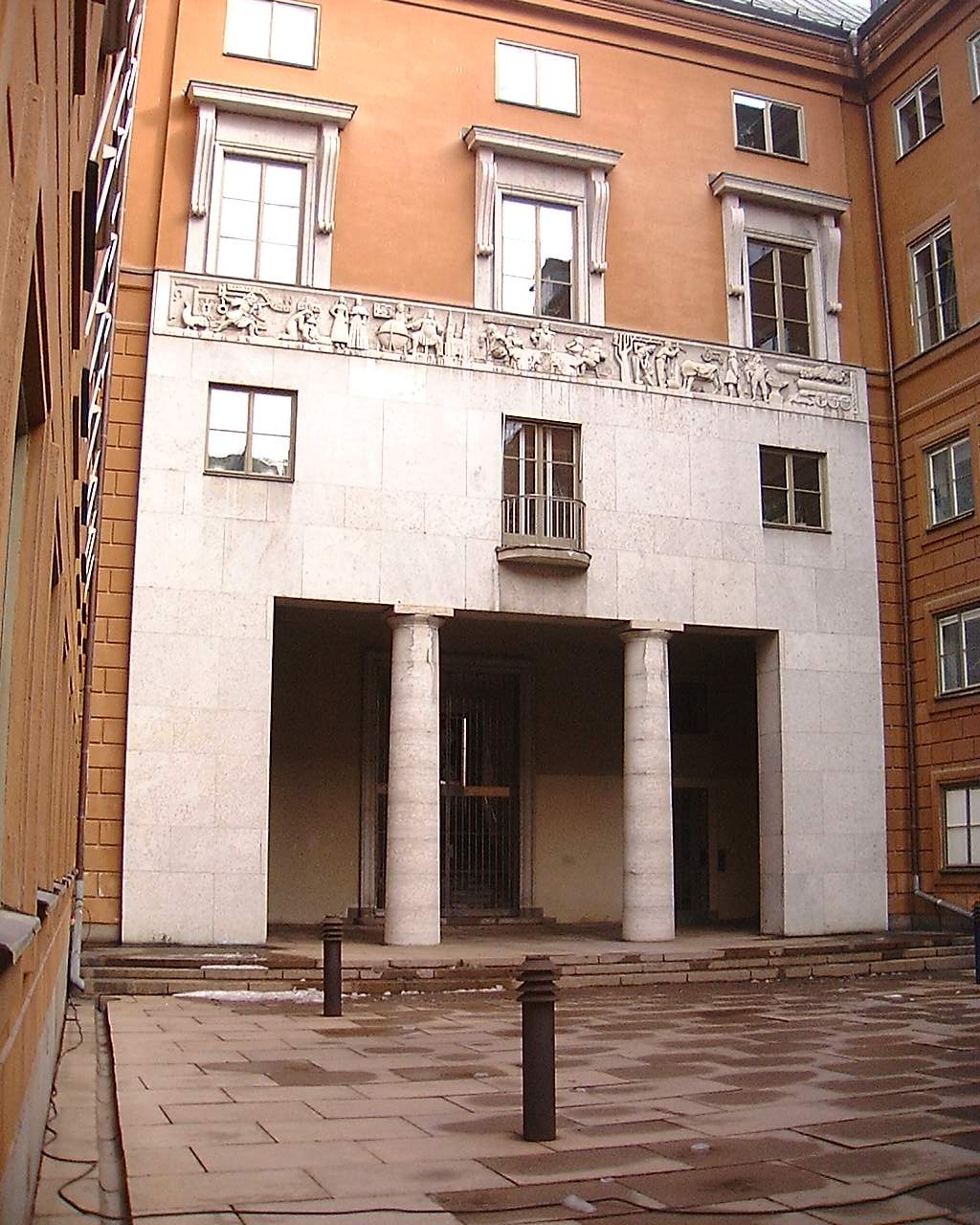Rådhusgränd on:
[Wikipedia]
[Google]
[Amazon]

 Rådhusgränd ( Swedish: "Town Hall Alley") is an
Rådhusgränd ( Swedish: "Town Hall Alley") is an
alley
An alley or alleyway is a narrow lane, footpath, path, or passageway, often reserved for pedestrians, which usually runs between, behind, or within buildings in towns and cities. It is also a rear access or service road (back lane), or a path, w ...
in Gamla stan
Gamla Stan (, "The Old Town"), until 1980 officially Staden mellan broarna ("The Town between the Bridges"), is the old town of Stockholm, Sweden. Gamla Stan consists primarily of the island Stadsholmen. Gamla Stan includes the surrounding islets ...
, the old town in central Stockholm
Stockholm (; ) is the Capital city, capital and List of urban areas in Sweden by population, most populous city of Sweden, as well as the List of urban areas in the Nordic countries, largest urban area in the Nordic countries. Approximately ...
, Sweden
Sweden, formally the Kingdom of Sweden, is a Nordic countries, Nordic country located on the Scandinavian Peninsula in Northern Europe. It borders Norway to the west and north, and Finland to the east. At , Sweden is the largest Nordic count ...
. Stretching from the junction between the street Myntgatan and the square Riddarhustorget, and passing between the Bonde Palace and Kanslihuset ("The Chancellery House"), it leads north to the bridge Vasabron, while forming a parallel street to Riddarhusgränd. Along the waterfront north of the alley passes the quay Kanslikajen.
The alley is named after the vicinity to the Bonde Palace, originally built in 1662–1667 as the private residence of Gustaf Bonde (1620–1667), but serving as the Stockholm Town House during the period 1732–1915. The southern wings of the buildings are additions from 1754. While the building's present eastern front, today hiding the Supreme Court
In most legal jurisdictions, a supreme court, also known as a court of last resort, apex court, high (or final) court of appeal, and court of final appeal, is the highest court within the hierarchy of courts. Broadly speaking, the decisions of ...
, is less than extrovert, it did include an entrance to a "public boudoir" during the 18th and most of the 19th century. The alley was, however, entirely closed during the period 1850–1913, to accommodate the prison of the Town Hall, finally demolished in 1929–1930 to give space to Kanslihuset, the offices of the Parliament
In modern politics and history, a parliament is a legislative body of government. Generally, a modern parliament has three functions: Representation (politics), representing the Election#Suffrage, electorate, making laws, and overseeing ...
.
In contrast, the voluminous and heavy mass of Kanslihuset on the alley's eastern side, designed by Wolter Gahn and Gustaf Clason and completed in 1936, opens up to the alley in form of the western end of the series of courtyards which pierces the building. The façade is decorated with a limestone
Limestone is a type of carbonate rock, carbonate sedimentary rock which is the main source of the material Lime (material), lime. It is composed mostly of the minerals calcite and aragonite, which are different Polymorphism (materials science) ...
frieze called ''Departementsfrisen'' (The Department Frieze") by Sig Blomberg.
References
See also
* List of streets and squares in Gamla stan Streets in Stockholm Odonyms referring to a building {{Stockholm-road-stub